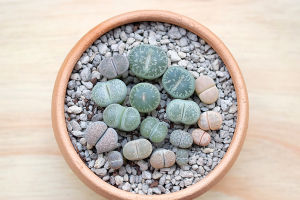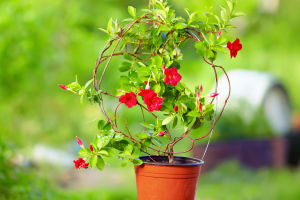Hello, plant friends! Have you noticed how some indoor plants not only beautify our homes but also seem to freshen the air?
We're excited to explore the science behind how certain flowers and plants purify indoor air and recommend the best varieties to grow inside.
Together, we'll learn how to create a healthier, greener living environment. Ready to breathe easier with plants?
The Science Behind Air Purification by Plants
Plants improve indoor air quality through several natural processes. First, they absorb carbon dioxide and release oxygen via photosynthesis, which refreshes the air.
More importantly, many plants can remove harmful volatile organic compounds (VOCs) such as formaldehyde, benzene, and trichloroethylene commonly found in indoor environments from furniture, paints, and cleaning products. Through their leaves and root-associated microbes, plants break down these toxins into harmless substances.
Additionally, plants increase humidity by releasing water vapor, which helps reduce airborne dust and allergens. NASA's famous Clean Air Study highlighted many plants' ability to filter indoor air, making them natural air purifiers.
Top Indoor Plants for Air Purification
We recommend several popular and easy-to-care-for plants known for their air-cleaning abilities:
• Spider Plant (Chlorophytum comosum): Hardy and fast-growing, it effectively removes formaldehyde and carbon monoxide.
• Snake Plant (Sansevieria trifasciata): Known for its ability to release oxygen at night, it improves air quality even while you sleep.
• Peace Lily (Spathiphyllum): Besides filtering VOCs, it adds elegant white blooms and thrives in low light.
• Boston Fern (Nephrolepis exaltata): Excellent at increasing humidity and removing pollutants like formaldehyde.
• Areca Palm (Dypsis lutescens): A natural humidifier and air purifier, perfect for larger indoor spaces.
These plants not only purify the air but also add natural beauty and calmness to your home.
How to Care for Indoor Air-Purifying Plants
To maximize air purification, we need to keep plants healthy. Most air-cleaning plants prefer indirect sunlight and moderate watering—overwatering can harm roots and reduce their effectiveness. Regularly dusting leaves helps maintain their ability to absorb toxins.
We suggest placing several plants around your living space, as their combined effect improves air quality more significantly. Additionally, good airflow and occasional leaf misting support plant health and humidity.
Additional Benefits of Indoor Plants
Besides purifying air, indoor plants help reduce stress, improve mood, and increase productivity, according to multiple studies. Their presence can lower indoor noise levels and create a more inviting atmosphere.
For families with children or pets, choosing non-toxic plants like spider plants and areca palms ensures safety while enjoying these benefits.
Let's Create a Healthier Home Together!
Incorporating air-purifying plants into our homes is a simple yet powerful way to enhance well-being. We encourage you to start with one or two of these recommended plants and observe how your indoor environment improves.
What are your favorite air-cleaning plants? Share your experiences and tips with us—we're excited to grow a community that breathes better together!
With a little care, your home can become a fresh, green sanctuary all year round. Happy planting!


